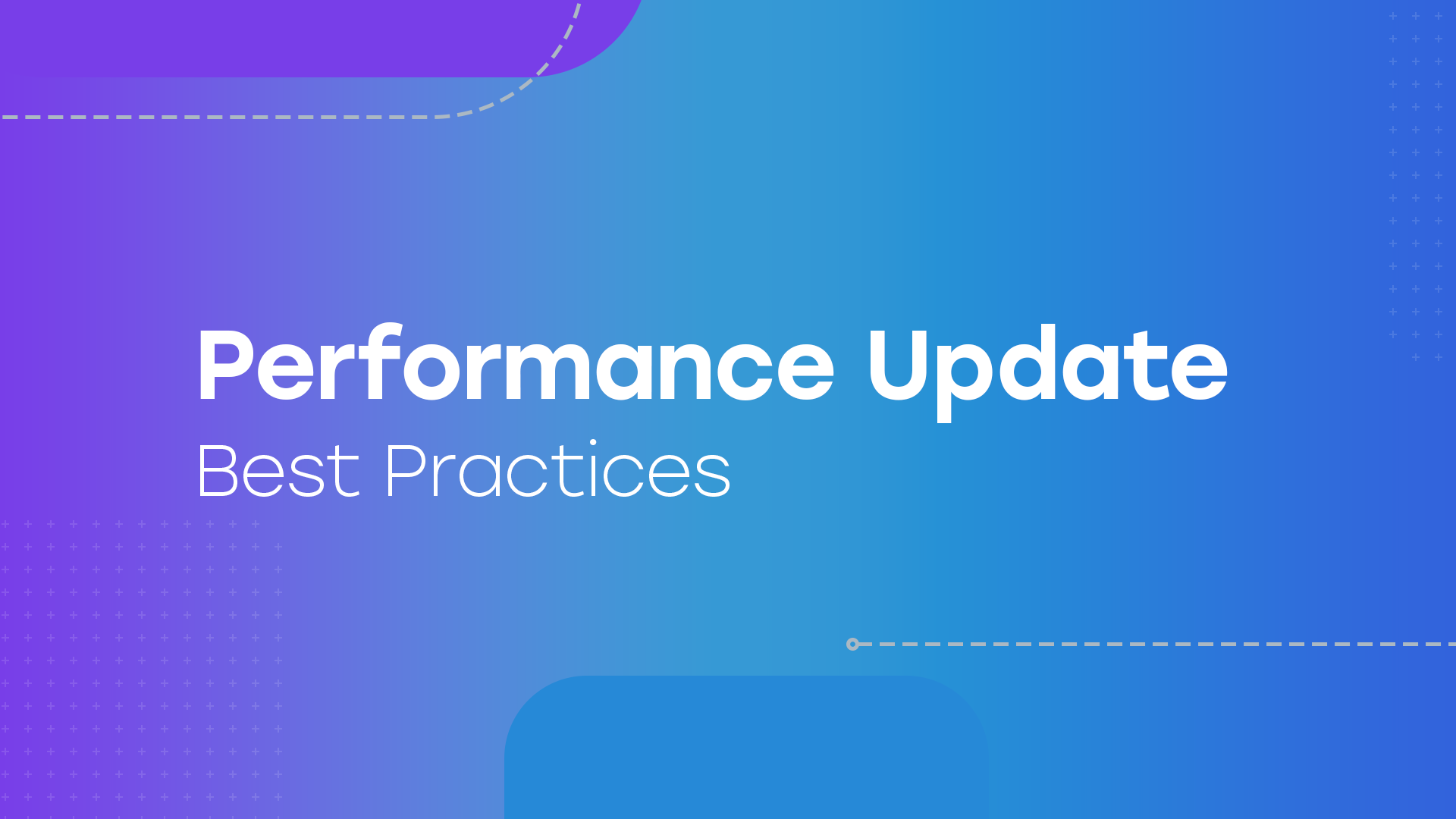In chapter one of this series, we tackled the CEO Overview — the board meeting’s crucial opening act — and shared best practices to ensure conversations with your board start off on the right foot.
In chapter two, we’re again dispensing some helpful board meeting tips and tricks that we’ve gleaned from working with so many Grade-A founders and management teams over the years. This time around, we’re focusing on the Performance Update.
What’s going right? What’s going wrong? What does the data say? Where do we go from here? These are the central questions your Performance Update should answer. Whether you’re an early-stage founder compiling the Performance Update yourself, or a CFO or other finance leader, the guiding principles herein will help you understand your business more clearly, alleviate the concerns of board members, and inspire confidence.
THE IMPOSSIBLE TASK OF FINANCE LEADERS
Before jumping into Performance Update best practices, let’s appreciate the litany of challenges facing early-stage finance leaders. As the “maestro of moolah,” your laundry list of responsibilities is Herculean and extensive. To name a few, finance leaders are often responsible for traversing the trade-offs between profitability and growth, managing cash runway, coordinating fundraising strategy, and informing other leaders of department-specific KPIs and data analyses. And to make matters even more complicated, the goalposts for financial success are ever-changing and can vary drastically depending on the company, market opportunity, competitive landscape, and many other factors. Notably, stage and changing market dynamics most meaningfully impact how finance leaders think about business building.
Stage. For better or worse (mainly better), the benchmarks of success evolve as companies mature from Seed to Series A, B, C, and beyond. While there is no clear-cut definition of success for companies at various stages in their development, success in the early days of a company is often measured by product-market fit, or aligning customer needs with product features. As companies grow, the focus broadens to building a predictable and scalable go-to-market motion, professionalized G&A function, and humming product organization — all of the necessary components for a large and successful business. The measuring stick for success for later-stage startups typically centers around competitive differentiation, go-to-market efficiency, customer retention, and the “Rule of 40,” among many others. But regardless of the goalposts, great finance leaders acclimate to these changing measures of success as their companies mature.
Changing Market Dynamics. As the last few months have highlighted, changing market dynamics impact the way businesses are built. For example, when money is tight, sales cycles elongate, go-to-market efficiency worsens, and the cost of raising incremental capital increases. As another example, when markets become more competitive (either due to new entrants or existing competitors), sales become more challenging. As such, how you build your business changes as markets change. Stellar finance leaders observe market changes and react swiftly to incorporate those changes into business strategy.
As your company grows and markets change, what matters most to your board of directors also evolves. Consider the Performance Update a living document you’ll need to reshape over time to account for this evolution.
PERFORMANCE UPDATE BEST PRACTICES
Like other aspects of a board meeting, the Performance Update provides a bird’s-eye view of what worked and didn’t work from past quarters, and illuminates the best path forward. Here are the keys to delivering an impactful Performance Update.
- Share data in advance. Circulate data to your board of directors ahead of the meeting. Attendees might miss out on an important talking point if they’re digesting big chunks of information on the fly.
- Be more than an accountant. Let’s be clear — accountants are great and a vital part of every organization. But the job of finance leaders stretches beyond closing the accounting books each month, spanning multiple departments and job functions. Finance leaders provide central intelligence that informs almost every decision made across the company. As such, avoid data dumps and strive to both contextualize data and diagnose trends impacting each department and the company as a whole. Think about business building as a series of puzzle pieces — each department being one piece of the puzzle.
- Maintain focus on the company’s strategic imperatives. What are the key strategic imperatives that will unlock the most enterprise value? What levers can you pull to make this happen? Perhaps it’s the investment in new products, the generation of free cash flow, scaling your go-to-market motion, or landing key partnerships that can aid a strategic acquisition. A core part of an effective Performance Update is tracking KPIs that measure performance against each strategic imperative. These KPIs can highlight learnings and surface required course corrections. (Read more about strategic imperatives in our CEO overview post.)
- Remember the fundamentals. For anyone that has played sports, we’ve heard this adage far too often. The same applies to finance leaders. The fundamentals of business building center around measuring return on investment (“ROI”) and achieving economies of scale. As a finance leader, one of your responsibilities is evaluating prospective and current company investments (product, go-to-market, operations, etc.). In some cases, measuring ROI is harder, notably with product investments. The ROI from product investments can come in the form of happy customers, high win rates, high retention rates, increased contract values, among many other indicators. But so many other factors impact the return on product spend. The return on go-to-market investments, on the other hand, are easy to quantify — the most popular metrics being CAC payback, LTV:CAC, sales efficiency, and magic number. But regardless the type of investment, maintaining a focus on positive ROI can ensure capital is used most efficiently. To achieve economies of scale, companies must grow revenue faster than expenses. This may sound easy in theory, but doing so without impacting the long-term prospects of growth for a company is a fine line to walk. It requires automation of processes, the investment in systems of record and workflow, increased efficiency across the workforce, and relentless focus on operating leverage. This journey doesn’t begin once a company has achieved scale, but rather is ingrained in a company’s DNA from the early days, and core to how the business is built. Where and how to achieve economies of scale fall squarely in the purview of great finance leaders.
READY TO ACE YOUR PERFORMANCE UPDATE?
All of these best practices have worked wonders for the amazing founders and finance leaders that Sorenson has had the pleasure of working with over the last 20+ years. Adding them to your “Founder Playbook” will drastically aid the construction and delivery of the Performance Update, ultimately making your next board meeting much more sound — and your blood pressure much lower.
Need an extra lift with putting your Performance Update together? Fret not. We’ve included some example analyses below to help get those wheels turning.





